Computational Thinking… is about developing problem solving and algorithmic thinking skills

Last week, Troy Shoebridge presented to the staff a brief overview of the new Digital Technologies curriculum that is to be implemented in 2020.
“The digital curriculum is about teaching children how to design their own digital solutions and become creators of, not just users of, digital technologies, to prepare them for the modern workforce.” Chris Hipkins, 2018
The New Zealand Curriculum has been modified in the learning area of Digital Technology. Part of the changes are occurring within that learning area in their Design and Development of Digital Outcomes like the use of Programming, Databases, and Web Design. Essentially it is coming up with and creating digital content.
Computational Thinking is more encompassing and explicitly found in many cross curricular situations and scenarios. Aspects of it can be found across a large number of curriculum learning areas.
The are 4 main aspects of computational thinking: Decomposition, Abstraction, Pattern Recognition, and Algorithm Design.

Part of our job, as teachers in our learning areas, is to help students to use computational thinking to take big problems and make them more manageable and establish logical, and well-communicated steps to complete a task for example.
The new Digital Technologies framework enables us all to sing from the same song book and apply common strategies to solve the multitude of problems that we face daily. As we, as teaching staff, look towards more problem-based learning scenarios; students will benefit from applying these common approaches from one class to the next.


 Open Event Registration - Interested in enrolling?
Open Event Registration - Interested in enrolling? Employment opportunities - click if you're interested in working at McGlashan.
Employment opportunities - click if you're interested in working at McGlashan.